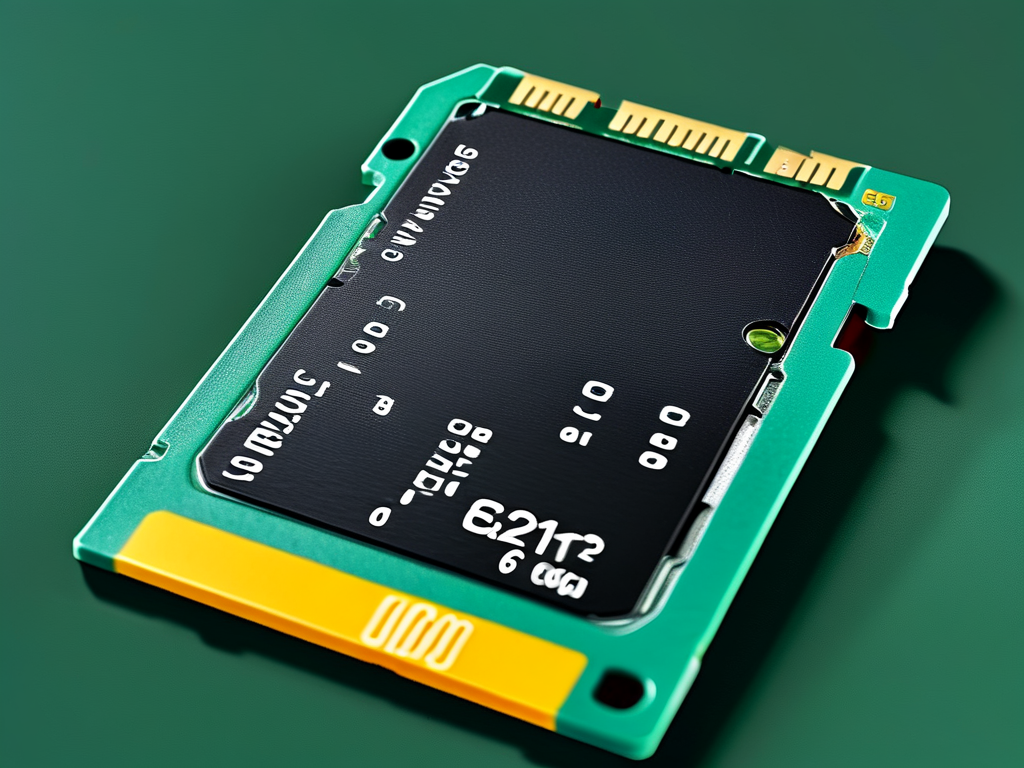In today's digital age, audio recording has become an essential part of workflows for professionals and hobbyists alike. Whether you're a podcaster, musician, journalist, or student, accurately estimating the storage space required for recordings is critical. This is where a Recording Memory Calculator becomes invaluable. In this article, we'll explore how to use such a tool, why it matters, and where to download reliable options for free.
Why Storage Calculation Matters
Every audio file's size depends on three factors: bitrate, duration, and format. For example, a 10-minute WAV file recorded at 24-bit/96 kHz consumes significantly more space than the same duration in MP3 format at 128 kbps. Without proper planning, you might face unexpected storage shortages or compromise audio quality. A memory calculator eliminates guesswork by providing precise estimates based on your settings.
![How to Calculate and Optimize Recording Storage with a Memory Calculator Tool [Free Download]](https://linuxleech.com/zb_users/upload/2025/04/202504241745493913898494.jpg)
Key Features of a Recording Memory Calculator
- Customizable Inputs: Adjust parameters like bit depth, sample rate, and file format (e.g., MP3, WAV, FLAC).
- Real-Time Estimates: Instantly see how changes in settings affect storage requirements.
- Device Compatibility: Calculate storage needs for smartphones, SD cards, or cloud platforms.
- Batch Processing: Estimate storage for multiple recordings or projects simultaneously.
How to Download a Reliable Tool
Several free and paid memory calculator tools are available online. Here's a step-by-step guide to finding and installing a trustworthy option:
![How to Calculate and Optimize Recording Storage with a Memory Calculator Tool [Free Download]](https://linuxleech.com/zb_users/upload/2025/04/202504241745493914719859.jpg)
- Research: Look for tools with positive reviews and developer credibility. Platforms like GitHub or app stores often host verified utilities.
- Check Compatibility: Ensure the tool works on your operating system (Windows, macOS, Android, iOS).
- Download Safely: Avoid third-party websites with intrusive ads. Opt for official developer pages or trusted repositories.
- Install: Follow installation prompts, and grant necessary permissions if required.
Step-by-Step Usage Guide
Once downloaded, using the calculator is straightforward:
- Select Format: Choose your preferred audio format (e.g., MP3 for small size, WAV for high quality).
- Input Duration: Enter the total recording time in hours, minutes, or seconds.
- Adjust Quality Settings: Modify bitrate or sample rate based on your needs.
- Generate Results: The tool will display the estimated storage required. For instance, a 1-hour podcast at 192 kbps MP3 might need ~85 MB.
Optimizing Storage Without Sacrificing Quality
A memory calculator isn't just about estimates-it's a tool for optimization. Here's how to balance quality and storage:
- Bitrate Balancing: Higher bitrates improve clarity but increase file size. For voice recordings, 64–128 kbps is often sufficient.
- Format Selection: Use compressed formats (e.g., AAC, OGG) for casual recordings and lossless formats (e.g., WAV) for professional editing.
- Cloud Integration: Pair the calculator with cloud storage platforms like Google Drive or Dropbox to automate backups.
Top Free Tools to Download
- Audacity Memory Calculator: A plugin for the popular Audacity software, offering format-specific calculations.
- OnlineRecorderTools.com: A browser-based calculator supporting 20+ audio formats.
- Mobile Apps: Apps like AudioStorage Calc (Android/iOS) provide on-the-go estimates with offline functionality.
Case Study: A Podcaster's Workflow
Sarah, a podcast host, struggled with managing her show's 50+ episodes. After downloading a memory calculator, she realized switching from WAV to MP3 saved 70% storage without noticeable quality loss. She now plans her monthly uploads efficiently and avoids last-minute storage crises.
Common FAQs
- Is the calculator compatible with video recordings? Most tools focus on audio, but some advanced versions include video support.
- Can I use it offline? Many downloadable tools offer offline access, unlike web-based calculators.
- Are paid versions worth it? Free tools suffice for basic needs, but paid options may include analytics or multi-device syncing.
A Recording Memory Calculator is a must-have tool for anyone working with audio. By providing accurate storage estimates and optimization strategies, it streamlines workflows and prevents technical hiccups. Download a trusted tool today-whether for professional projects or personal use-and take control of your recording storage needs.






